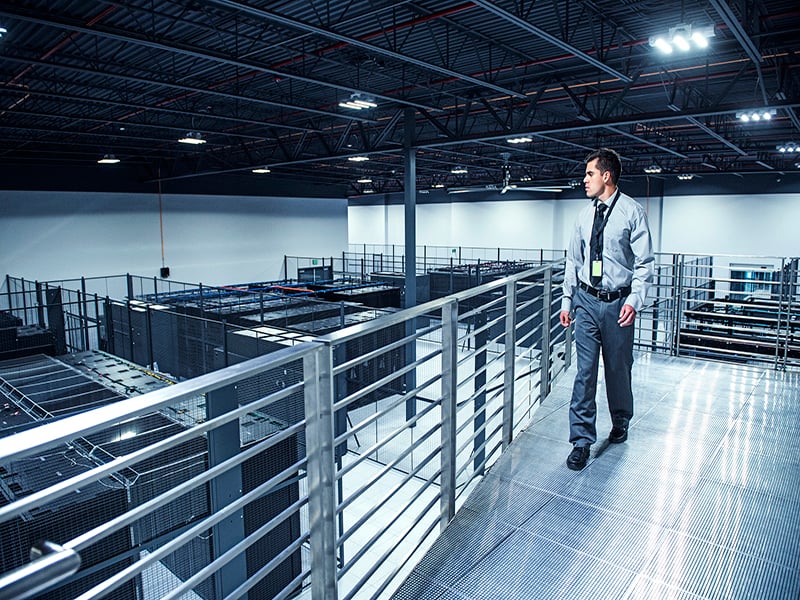We know data centers often represent multi-million dollar development projects and have significant annual operating budgets associated with them. But have you ever wondered how that investment translates into your annual or monthly cost to support 1 kW of compute capacity?
We did.
We commissioned the Ponemon Institute, who has published multiple analyses of data center downtime costs, to develop a methodology to quantify the cost to support 1 kW of compute capacity. They reached out to their benchmarking community and asked them to provide data on plant costs, amortized over 10 years; IT costs, amortized over three years; operating costs, including personnel, administration, software licensing and maintenance; and energy costs.
The community also reported on IT load, number of racks, average rack density and square footage. Using this data, Ponemon was able to calculate the average cost/kW based on five data center size ranges. You can read more about their methodology and the results of the analysis in the 2016 Ponemon Institute Cost to Support Compute Capacity Report. The results may surprise—and motivate you—especially when you factor in the typical utilization rates in today’s data centers.
What really interested me was the correlation between cost/kW and data center size. No surprise that costs per kW go down as data center size increases, but the extent to which this correlation played out across all the data center size ranges—and within all four cost categories—was a little startling to see visualized. Data centers participating in the study were grouped into five categories by size: 500-5,000 square foot, 5,001-10,000 square foot, 10,001 to 25,000 square foot, 25,001-50,000 square foot and larger than 50,000 square foot.
Is there really a difference in cost/kW between data centers in the 10,001 to 25,000 square foot category and the 25,001 to 50,000 square foot category? You bet there is and, according to this study, it’s 25 percent.
What does this mean for data center managers? You can factor this information into the mix if you are deciding whether to outsource data center capacity or invest in your own resources. Every business has multiple consideration points, and benchmark data may help with your decisions.
Another eye-opening finding from the report is how annual costs break down across the four categories: across all size ranges, operating and energy costs accounted for at least 80 percent of total annual costs. An analysis of infrastructure best practices can help you to determine if your data center is optimized for efficiency, capacity and serviceability. And if you are wondering if it is worth the effort to ensure uptime in your best practices, take a look at the Ponemon Institute Cost of Data Center Outages Report—you can see the value of high availability for the future of your business.
Take a look at the Cost to Support Compute Capacity report and let us know what you think. Do the costs presented seem realistic to you? Did anything surprise you? We’d love to hear from you.




